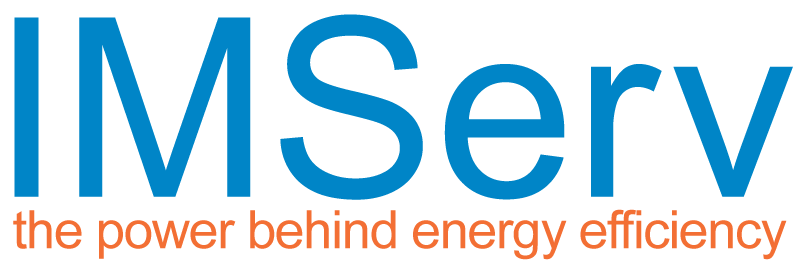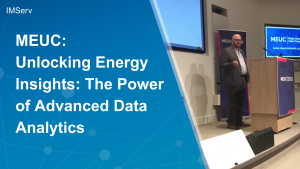Metering provides powerful insights to reduce consumption and cost but also identifies energy generation. For PD Ports, we discovered that their ship-to-shore crane technology was in fact generating energy; that when harnessed could generate 11% of the site’s consumption.
If all UK ports undertook the same exercise, that would be a reduction in demand on the grid equivalent to £1.7m per annum (that is 4,500 TCo2).
IMServ’s Commercial Director Justin Vroone discusses the project and how PD Ports is benefitting from the metering installed.
We installed a number of automatic meters across its 779-acre estate in Middlesbrough. Providing automatic measuring and monitoring of energy data from 15 electricity substations and switch rooms at its Teesport estate.
We installed 19 MID-approved (Measuring Instrument Directive) Sub Meters and provided online access to the Half Hourly data from these meters through the cloud-based software analytics platform.
The Data Collection services provided valuable insights for PD Ports on consumption patterns, time of use data, profiling of energy consumption and generation identification. It also allows them to use the metering data to consider altering operations around time of use tariffs and also use the data as evidence for FiT (Feed in Tariff) payments. In addition, from November to February they should also see a benefit against previous TRiAD costs.
The project delivered immediate results, including the removal of the labour and transport costs of collecting the meter reads. It showed the individual ship-to-shore crane energy performance and operational analysis through the energy profiles and allowed them to analyse to optimise existing opportunities for energy savings without altering operational processes, therefore saving electricity and demands on the grid with minimum cost to the business
However, the surprise for PD Ports was in the identification that their ship-to-shore cranes were ‘generating’ electricity, which was being consumed elsewhere onsite. Being able to identify and then quantify this generation of energy showed that whilst the three cranes consumed 22,600kWh of energy, 2,520kWh of that was being generated.
When fully harnessed, this generation and therefore a reduction in grid supply, could provide a net benefit for Teesport for the full year of around 131,000kWh, of circa £19,000 and 52TCo2.


